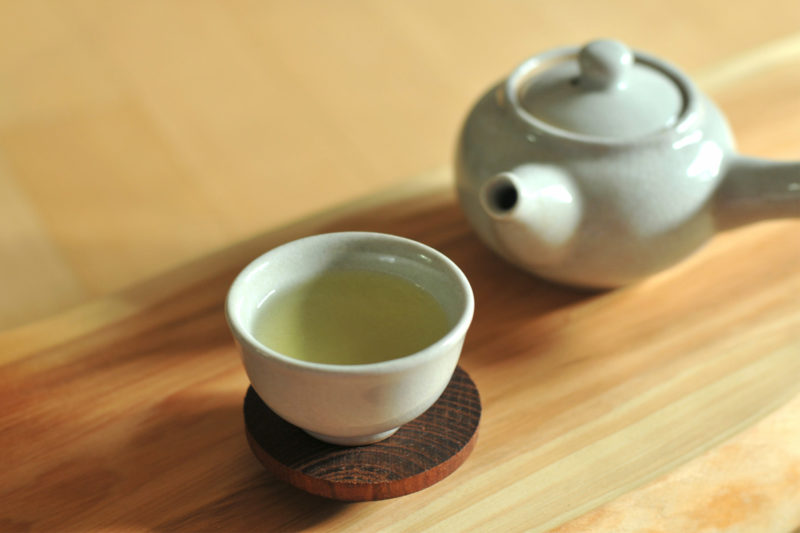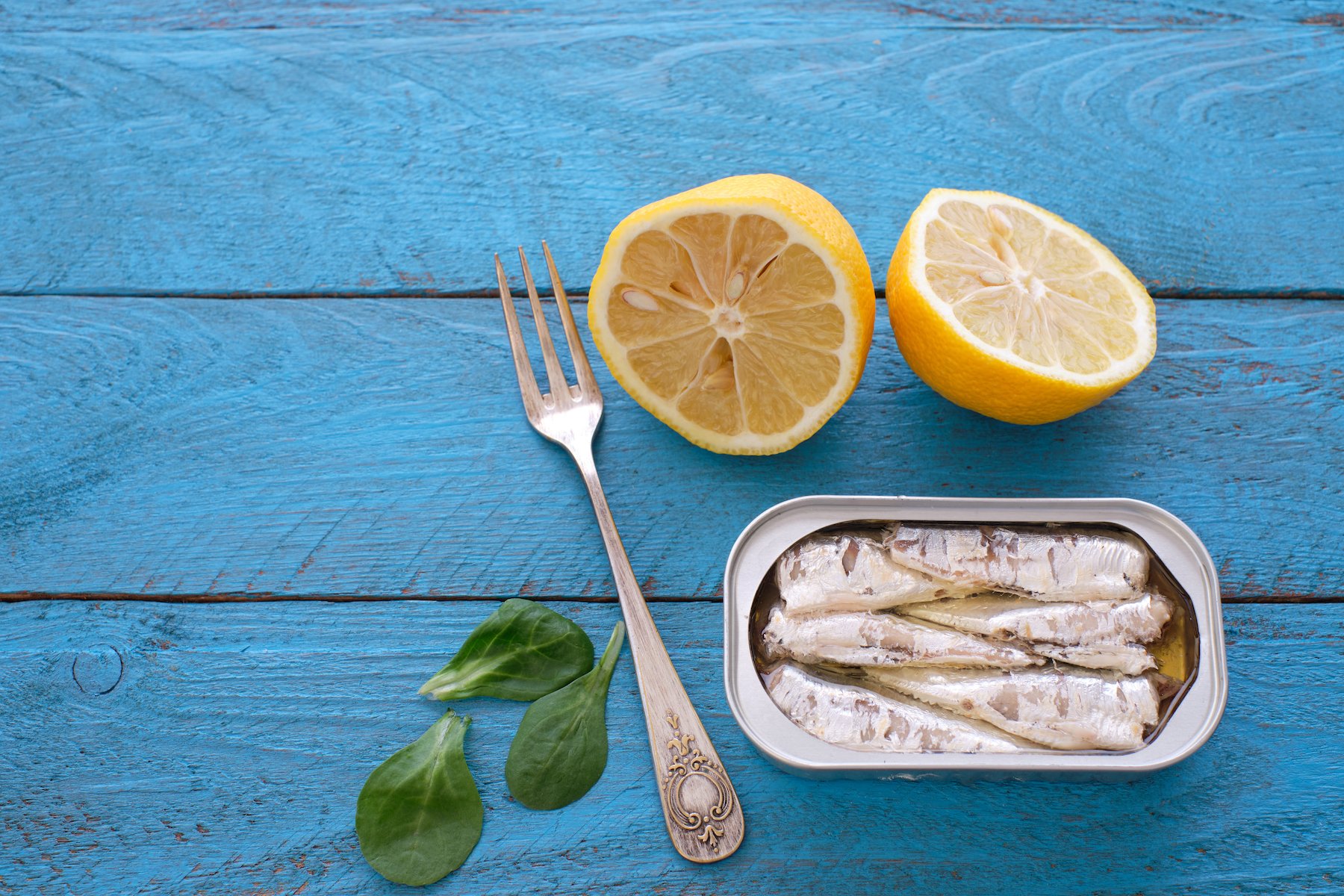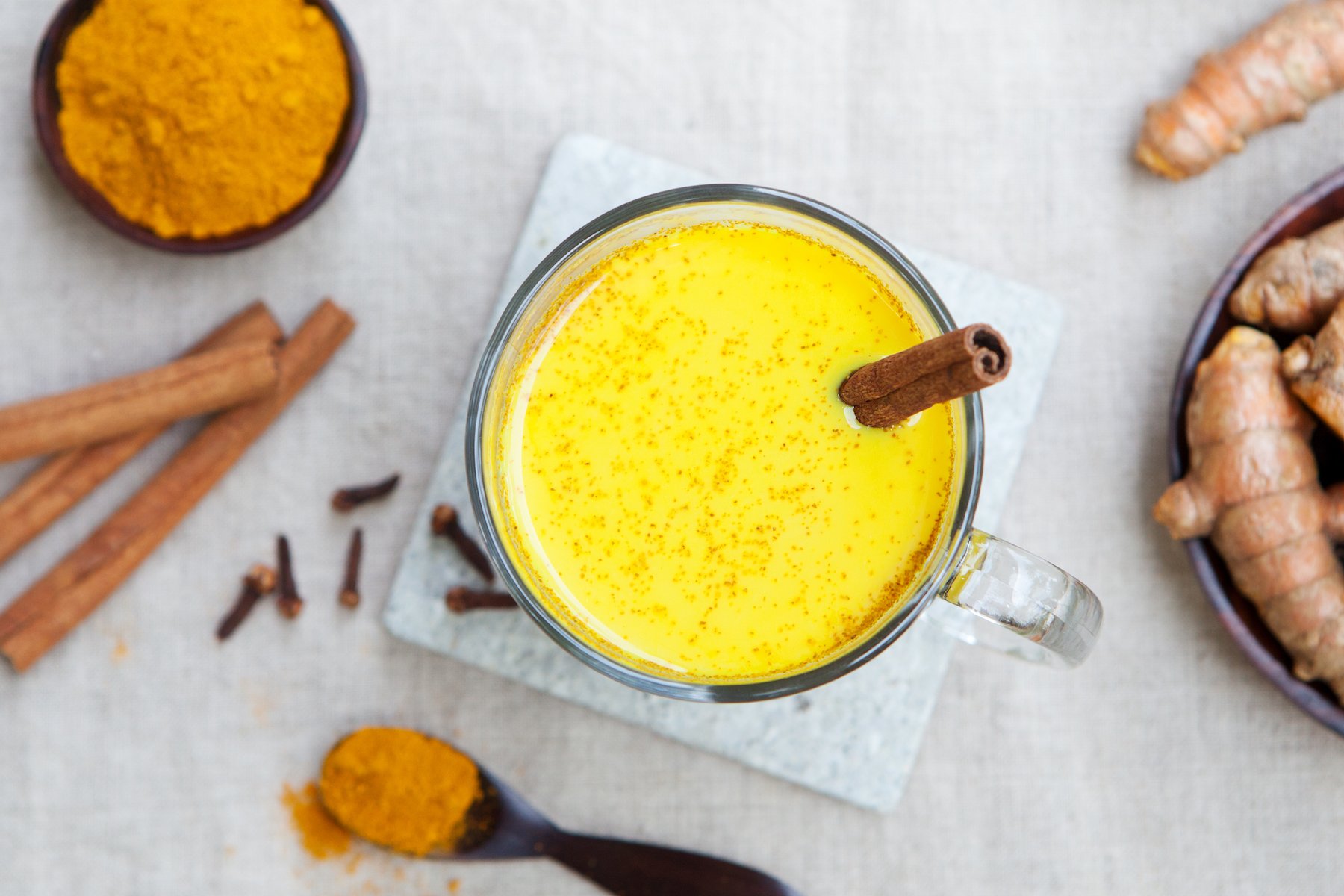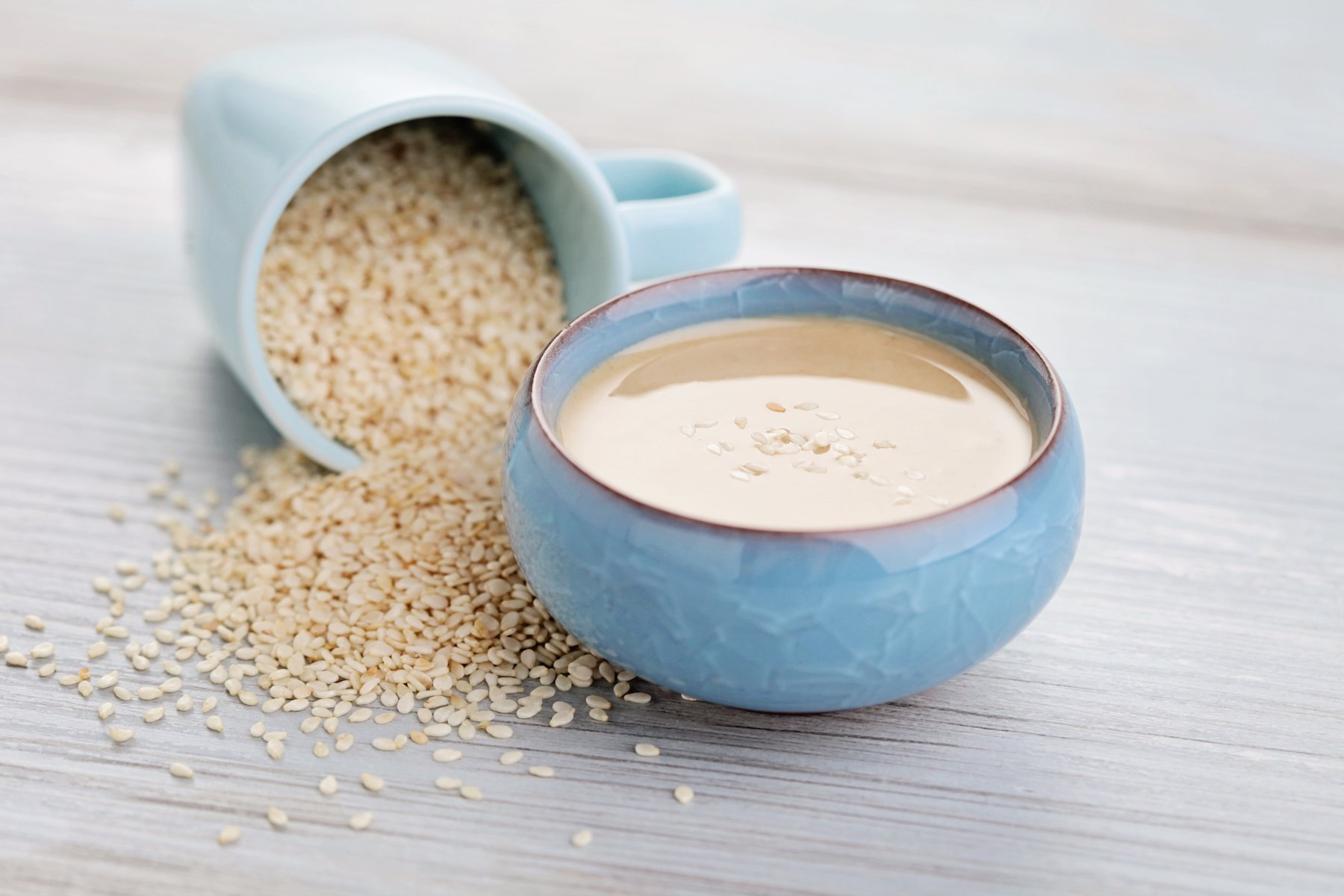Tea has long been known as a healthy drink. Originally used medicinally in China, it’s now considered one of the most popular beverages worldwide, with more than half of the American population drinking tea on any given day.
This may be explained by tea being a widely available drink with no sugar, sodium, or fat that you can enjoy hot or cold. But it also comes with serious metabolic health benefits, thanks to its high concentration of antioxidants—which is particularly notable in green tea, also known as unoxidized tea.
What Is Green Tea?
All teas—green, black, oolong, and white—come from the same plant, Camellia sinensis. The differences in flavor, aroma, and chemical makeup are due to unique processing methods, mostly wilting and oxidation, a process in which enzymes break down chemicals in tea leaves. Oxidation begins shortly after tea leaves are harvested and can be stopped by heating, which inactivates the oxidizing enzymes.
The amount of oxidation and wilting determines a tea’s type. Black tea, the most heavily oxidized leaves of all—which is why they turn dark brown or black—is made when the leaves are fully wilted. This results in bolder, sweeter flavors. Green tea, which has a light and grassy taste, is made from unwilted leaves that are not oxidized. Immediately after picking, leaves for green tea are heated at a high temperature and dried. Minimal oxidation not only gives green tea its yellow-green color and mild flavor, but it also affects the chemical makeup.
Green tea delivers caffeine (about 35 milligrams per eight-ounce serving) and polyphenols, a group of plant compounds that help combat pathogens and free radicals. Green tea is an especially potent source of polyphenols called catechins—which give green tea its metabolic punch.
What’s So Great About Catechins in Green Tea?
The primary catechin in green tea is epigallocatechin-3-gallate (EGCG), a potent antioxidant that inhibits several reactive oxygen species (ROS). ROS are a byproduct of metabolism and part of the body’s natural defense against harmful substances.
Some ROS production is part of a healthy functioning cell. But when ROS accumulate—which can happen from overnutrition (overeating that leads to weight gain), a diet high in sugar, mental stress, smoking cigarettes, alcohol consumption, or excessive exposure to air pollution or sunlight (UV radiation)—they can overwhelm the body’s system for keeping them in check, causing inflammation, along with cellular and DNA damage. This is called oxidative stress.
Oxidative stress is a root cause of metabolic dysfunction and increases the risk of many chronic diseases, from cancer to diabetes. So it’s hard to overstate the value in limiting oxidative stress for metabolic health.
This is where antioxidants, like EGCG and other catechins, come in. At a molecular level, free radical ROS possess an unpaired electron. This means they can either accept or donate an electron, making them very reactive—capable of making things happen. Antioxidants have extra electrons they can donate to ROS; they act like molecular scavengers that bind up those rogue electrons. This process keeps ROS at manageable levels, thus limiting oxidative stress.
Antioxidants, therefore, protect from the cell damage and inflammation associated with oxidative stress. That’s good for many reasons, primarily because inflammation is the foundation of many diseases, such as Type 2 diabetes and cardiovascular disease.
Meanwhile, green tea supports metabolic health in other ways, too. A meta-analysis in the American Journal of Clinical Nutrition found green tea consumption reduced fasting blood sugar and hemoglobin A1c (HbA1c), a measure of your average blood sugar levels over the past three months, and reduced insulin levels in some studies. Studies also show EGCG in green tea may support cardiovascular health by lowering blood pressure, LDL cholesterol, and the buildup of plaque in blood vessels—all significant risk factors for cardiovascular disease.
Hot, Iced, or Matcha: Which Has the Most Catechins?
The concentration of catechins in any green tea drink depends on the variety (where and how it was grown and harvested), amount used, brew time, and temperature. That’s why it’s hard to provide an accurate universal amount of catechins in one cup of tea—it varies widely. Some research suggests that brewing green tea at relatively low temperatures (under 195°F) maximizes antioxidant extraction. (Cold infusion may be even better but takes longer.)
As the percentage of tea solids (dried tea leaves and buds) goes down, so does the polyphenol content. The base ingredient in iced green tea beverages or bottled teas may not be brewed tea, which is why they often have lower levels of tea solids and polyphenols. (Note: If iced tea is made from brewed hot tea that has cooled, it maintains a similar amount of polyphenols as hot tea.) Decaffeination also reduces the catechin content, but it’s unclear exactly how much.
What about matcha? In case you’re not familiar, matcha is a unique form of green tea in which the dried leaves are ground into a fine powder. To produce matcha, the Camellia sinensis plant is shaded during part of the growth cycle, which increases the concentration of chlorophyll and contributes to the vivid green color of matcha powder.
The big difference between matcha and traditional green tea is that with matcha, you consume the pulverized tea leaves dissolved in liquid, not just the nutrients extracted in the brewing process. This means there may be higher concentrations of caffeine and catechins in matcha, though the exact amount varies. Some research says matcha contains at least three times the amount of EGCG as popular varieties of green tea.
If you’re caffeine-sensitive or watching your intake for any reason, sticking with traditional green tea may be a better option. An eight-ounce cup of matcha, made with one teaspoon of matcha powder, typically contains about 64 milligrams of caffeine, or almost twice as much as brewed green tea (for reference, one cup of coffee provides 95–200 mg of caffeine). Otherwise, there’s no nutritional downside to matcha—it’s more about personal preference. Matcha tends to be more expensive, it may require a whisk to fully dissolve the powder in liquid, and it has a unique umami flavor often described as more intense, grassier, bolder, and earthier than brewed green tea.
What About Green Tea Extract?
Green tea extract (GTE) is a supplement available in liquid, powder, or capsule forms. These products deliver concentrated doses of compounds such as caffeine and EGCG. Some research shows GTE contains more EGCG than you’d get from a traditional cup of brewed tea. Still, since the FDA does not regulate supplements, the actual contents vary widely.
Two more important things to know about GTE:
- While GTE is often marketed as a weight-loss supplement, research has found it has minimal, if any, effect.
- GTE supplements have been linked to severe side effects in adults and children, such as hepatotoxicity (liver damage), nausea, vomiting, diarrhea, dizziness, tremors, and confusion. Due to conflicting research on the subject, experts have concluded: “it was not possible to identify an EGCG dose from green tea extracts that could be considered safe.”
The bottom line: You may want to skip the supplements—especially if you have liver disease—and opt for brewed green tea or matcha drinks instead. Consumed as a beverage, up to eight cups of brewed green tea per day is believed to be safe. If you’re pregnant or breastfeeding, you’ll want to limit your caffeine intake to 200 milligrams per day, which translates to about five cups of brewed green tea.
Green Tea Buying and Storing Advice
Green tea comes in many variants and price ranges, packaged in tea bags, tea sachets, or loose-leaf. It may take some trial and error to find which flavor profile you prefer, but here are a few tips to help you get started:
- Loose-leaf teas sold in tin canisters or sacks let you control how much tea you use, using more to create a more robust flavor (and up the polyphenol concentration) or less for more mellowness. Teabags and sachets hold a standard amount of leaves for optimum flavor and are more portable. If you’re new to drinking green tea, start with the pre-portioned bags or sachets.
- To keep tea as fresh as possible, avoid five elements: light, heat, moisture, odor, and air. That means it’s best to store tea bags in their original container or a sealed plastic bin and loose-leaf teas in an airtight container. Keep all teas in a dark cupboard at a consistent temperature. Tea tends to absorb odors from food and other strongly scented teas, so keep them separate. Don’t freeze or refrigerate tea, as the moisture can degrade it.
- Most teas have a “best by” date on the package. Unopened, tea will last about one year beyond that date. After opening, packaged and loose-leaf teas last about one year, but let the flavor be your guide–some teas may only last closer to six months.
- Matcha powder comes in two grades: ceremonial and culinary. Ceremonial grade is best for drinking, either the traditional way (dissolved in water) or in something like a matcha latte. Culinary-grade is better for baking. Some tea experts recommend looking for brands that import their tea from Japan, as the processing is generally more consistent.
- Once opened, store matcha powder in a dark, airtight container in the fridge to best preserve the color and taste.
Tips for Using Green Tea
Making a warm drink is the most obvious (and popular) way to use green tea. Unlike many teas, which are steeped in very hot or boiling water (about 210º) and brewed for four to five minutes, green tea is best steeped at a mild temperature of 180º for about three minutes. If you don’t have a tea kettle with temperature control, simply allow boiling water to cool for a few minutes before pouring it over your green tea leaves or bag. You can steep for longer than three minutes, but know that longer brew times result in a stronger (and more bitter) flavor.
For the greatest health benefits, keep your tea as plain as possible. Additives like milk, honey, or cream can alter the polyphenol content. For example, some research suggests that the protein and possibly the fat in milk may reduce the antioxidant capacity of tea. This makes sense, as flavonoids (polyphenols) are known to “deactivate” when binding to proteins.
Beyond a warm cup of green tea, consider these ideas:
- Sparkling iced tea: Mix brewed green tea that has wholly cooled with mint leaves, fresh lemon and lime juice, cucumber slices, and plain seltzer. The result is a light, refreshing drink that’s sugar-free.
- Matcha latte: Many matcha lattes from a coffee shop are loaded with added sugars or syrups. Whip up your own creamy drink at home using 1–1.5 teaspoons of matcha powder, ¾-cup nondairy milk of your choice, ¼-cup water, and a few drops of stevia (optional).
- Matcha vinaigrette: Combine one teaspoon of matcha powder with your favorite oil and vinegar (apple cider or rice vinegar work great), along with a dash of salt and pepper. Your salad will get an extra dose of antioxidants and rich flavor from matcha’s signature taste.
- Tea-infused eggs: Boiled eggs absorb the essence of green tea very well. Soak peeled, hard-boiled eggs in a mixture of green tea and light soy sauce in the fridge for several days. The longer you leave the eggs soaking, the more powerful the flavor. It’s an easy way to spice up regular hard-boiled eggs.
You can apply the same concept to steamed meat or vegetables. For example, place boneless chicken thighs in a steamer, and then pour in brewed green tea in place of water. Each juicy piece will be infused with green tea’s distinct aroma and flavor.








